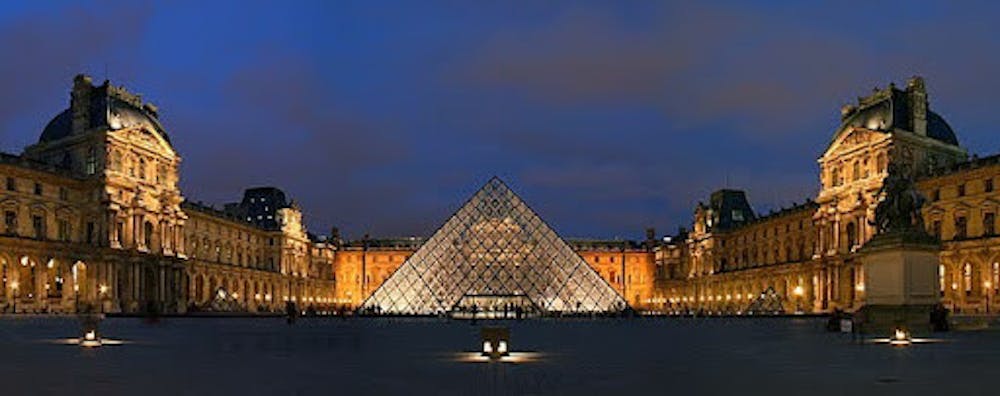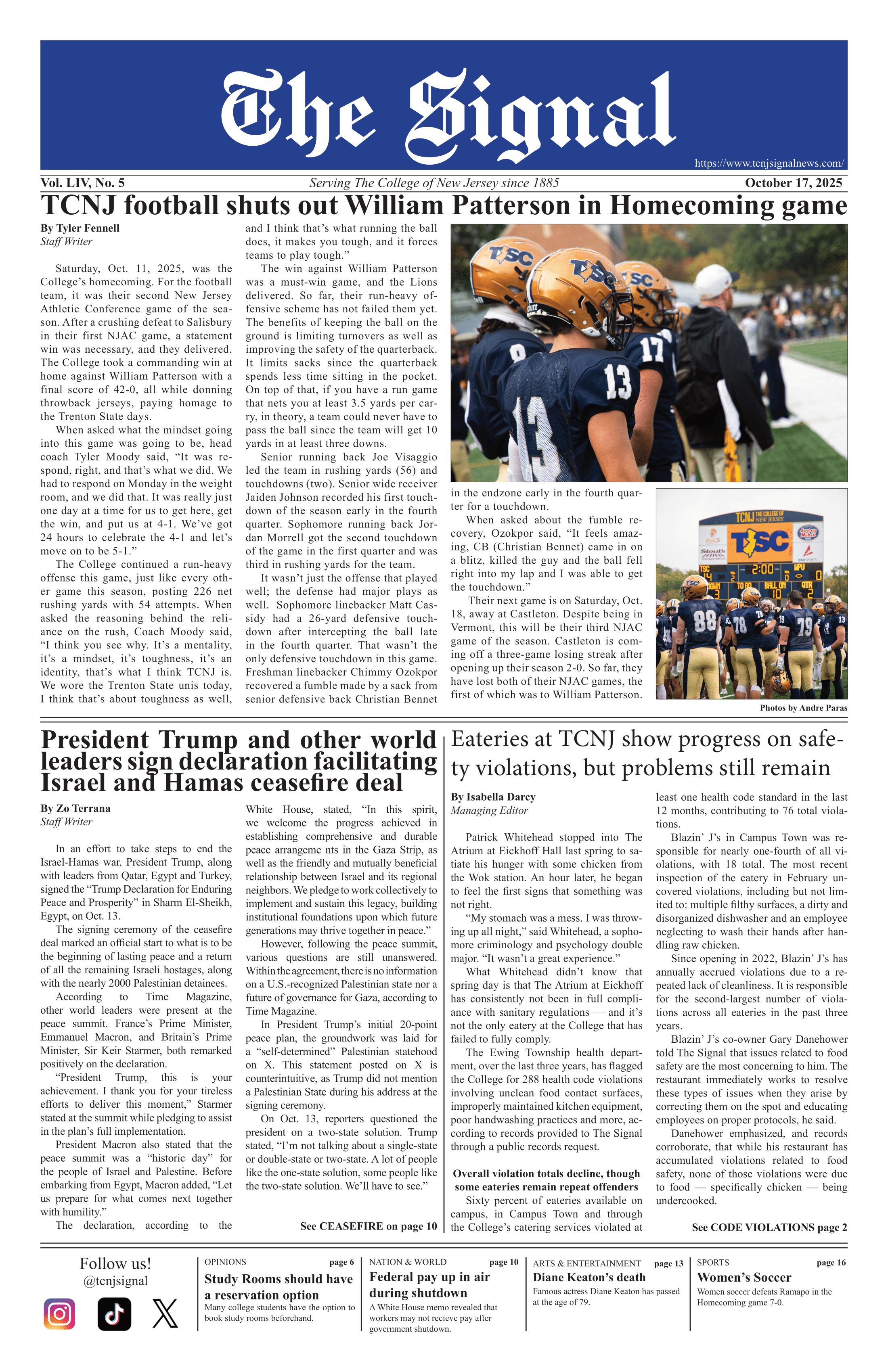By Ally Uhlendorf
Editor-in-Chief
Eight items were stolen from the Louvre Museum in Paris on the morning of Oct. 19, marking one of the most audacious museum heists in recent history.
Shortly after the museum opened to visitors, within minutes, four men disguised as construction workers used a basket lift to reach a second-floor window of the Galerie d’Apollon, a lavishly decorated gallery where the French crown jewels have been displayed.
The stolen items included a tiara, necklace and earrings that belonged to Queen Marie-Amélie and Queen Hortense, an emerald necklace and matching earrings from Empress Marie-Louise and a large tiara owned by Empress Eugénie.
Empress Eugénie’s tiara was dropped near the museum during the escape and later recovered, but was unfortunately damaged.
The thieves utilized cutting equipment to breach a window and smashed two vitrines inside the gallery. After completing the heist, the group exited via motorbikes and left Paris.
The Paris prosecutors' office estimated the theft cost about 88 million euros ($102 million).
These jewels hold high significance to French culture. The items have historical ties to the Napoleonic era, to royalty and to the historical narrative of France.
According to AP News, “Prosecutor Laure Beccuau, whose office is leading the investigation, said about 100 investigators are now involved in the police hunt for the suspects and gems after Sunday’s theft from the world’s most-visited museum.”
Within hours of the heist, investigators from France’s national police and other specialized units were on the case. Surveillance footage, vehicle traces and forensic evidence were all held for investigation, according to CBS News.
The International Criminal Police Organization, the world’s largest international police organization, headquartered in Lyon, France, also added the stolen jewels to its “Stolen Work of Art” database. This alerted cross-border law enforcement around the world.
In testimony to the French Senate, Louvre director Laurence des Cars acknowledged a “terrible failure” in the museum’s security. She stated that external camera coverage was incomplete and that perimeter protections were insufficient. She then offered her resignation, but was refused by the culture minister.
“Today we are experiencing a terrible failure at the Louvre, which I take my share of responsibility in,” she said.
The theft comes months after Louvre employees went on strike, warning of understaffing and lack of resources for protection, with too few eyes on too many rooms.
“We did not detect the arrival of the thieves soon enough,” des Cars said.
The director stated that the museum’s alarms had worked properly that day, but that there is currently no full video surveillance of the perimeter outside the museum.
She also suggested barriers to prevent vehicles from parking alongside the museum’s buildings, and stated that she would fight to add a police station inside the museum, which welcomes 30,000 visitors a day and 2,300 workers.
The museum reopened three days after the heist, but the museum said its Apollo Gallery remains closed until further notice.
According to NBC, as of Oct. 23, investigators “have found traces of DNA samples in a helmet and gloves and are aware of new video showing the thieves escaping from the museum.” However, the prosecutor's office said it was unclear if the DNA belonged to the suspects.
The investigation is still ongoing, however some suspects have been taken into custody by French authorities, according to the New York Times.







